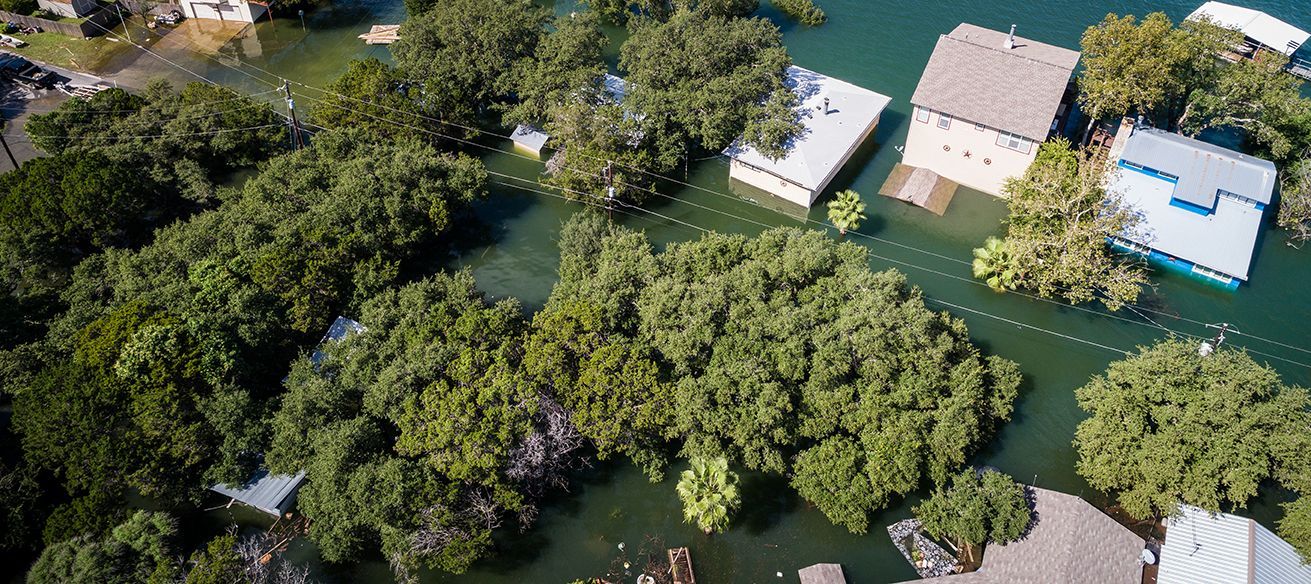IBTS’ Rudy Saporite Announced as Judge for the Solar Games Competition
Share this article:

Rudy Saporite, IBTS’ Energy Services Program Manager, will serve as judge for the Solar Games starting on Thursday, January 13. This is his second time judging the event.
ASHBURN, VA.— The Institute for Building Technology and Safety (IBTS) is pleased to announce that Rudy Saporite, IBTS’ Energy Services Program Manager, will serve as the judge for the Solar Games starting on Thursday, January 13 in Long Beach, Ca., as part of the 2022 Intersolar North America and Energy Storage North America conference and expo.
Rudy Saporite, IBTS’ Energy Services Program Manager, will serve as judge for the Solar Games starting on Thursday, January 13. This is his second time judging the event.
Saporite oversees IBTS’ work as the largest solar quality provider in the U.S., which makes him an excellent fit to judge the competition, which tasks teams from across the country with building residential solar and storage systems, battling each other and the clock on the expo hall floor in front of an audience.
This is the second time Saporite has served as a judge for the Games, which are held to connect and promote learning among solar industry installers, developers, policy makers, utilities and technology providers, and other key stakeholders. As the judge for the competition, Saporite joins a prestigious advisory of clean energy industry leaders.
During the competition, Saporite will be looking for quality, safety, and speed as he evaluates each team’s installations. “What I love about the Solar Games,” Saporite said, “is the opportunity to see so much of the work we practice come together in a very fast and exciting way. During the competitions, you really see the value of how performing rigorous quality practices on a daily basis benefits the teams in creating winning designs.”
“Knowing that the Solar Games also promote the growth of industry certifications and workforce development efforts that foster quality in real world solar installations makes it especially rewarding for myself and IBTS,” Saporite said.
There will be six 75- to 90-minute matchups in the tournament starting at 10:30 a.m. on January 13. The first task is to complete a grid-tied installation; the winners will then move on to an off-grid installation competition on January 14. Finalists from those rounds will compete that afternoon in the championship round, another grid-tied installation.
About the Institute for Building Technology and Safety

Solar Games competitors on the job during the competition last held live in February of 2020.
IBTS provides third-party solar and sustainable energy expertise, quality management, inspections, technology solutions, software, training, and program support services to clients across the country in local, state and federal governments as well as the private sector. IBTS’ Energy Services Program Manager Rudy Saporite is an expert in solar energy and building science and an experienced inspector and auditor with more than 23 years of construction experience.
Additional information about IBTS’ solar quality services is available on our energy page.
IBTS is a national nonprofit organization dedicated to building resilient communities. IBTS specializes in solar and renewable energy; building safety and code compliance; federal funding compliance and management; disaster recovery; local government solutions; and resilience planning. IBTS’ work is guided by a board of directors that includes The Council of State Governments (CSG), the International City/County Management Association (ICMA), the National Association of Counties (NACo), the National Governor’s Association (NGA), and the National League of Cities (NLC).
To learn more about the Solar Games, visit Intersolar North America 2022.
For information on our Solar Energy Services, visit IBTS.org/solar.





